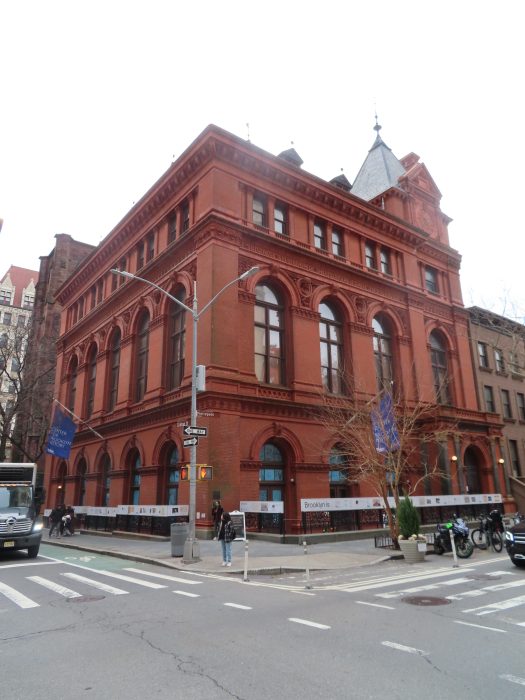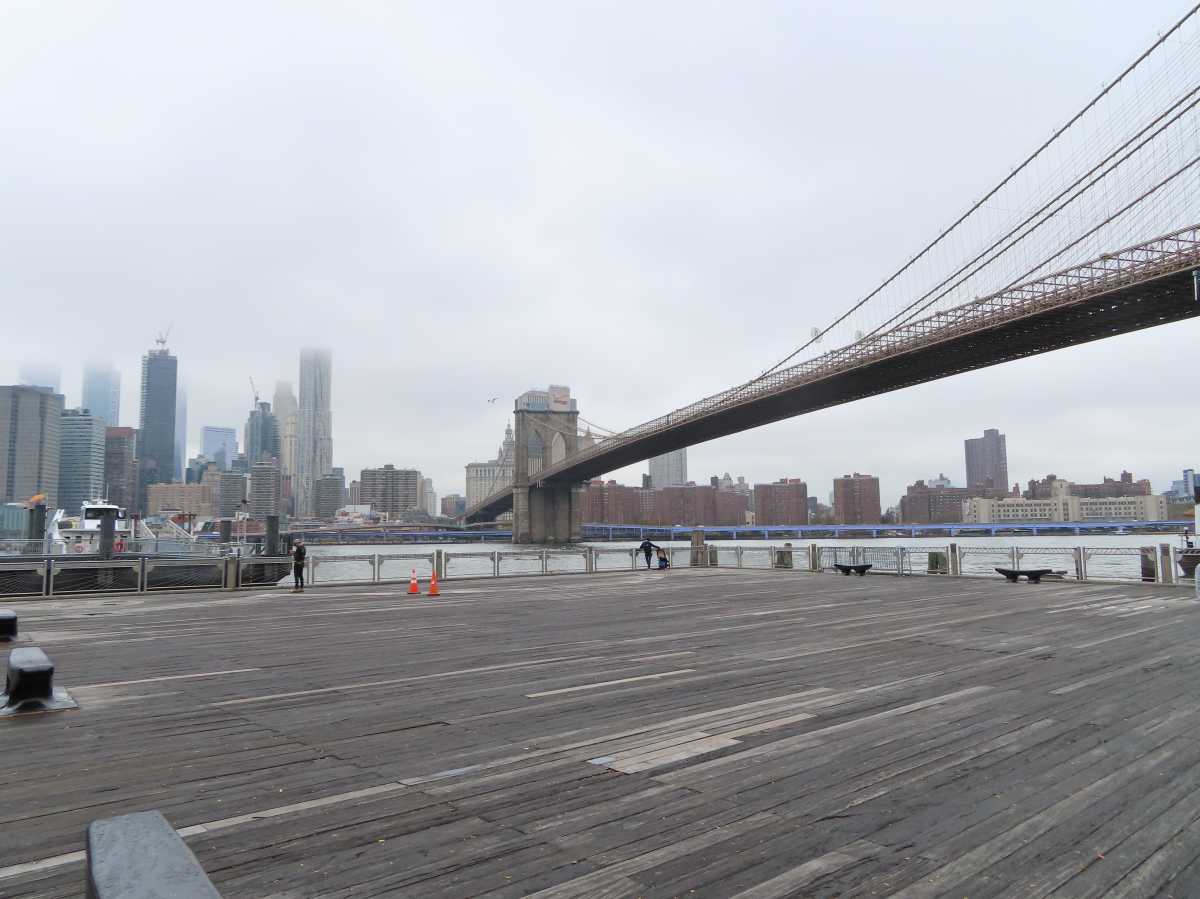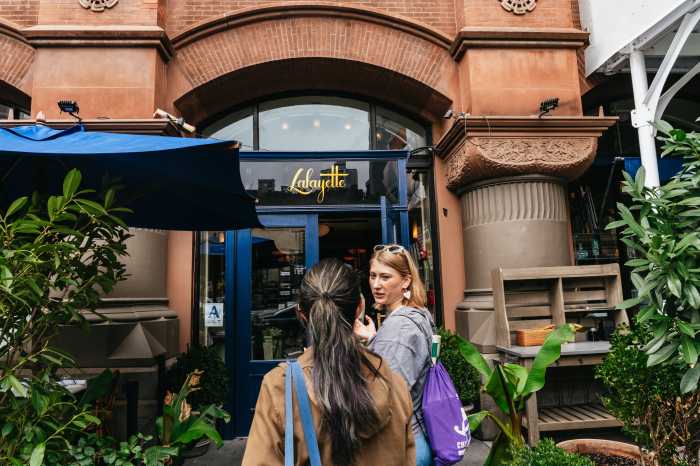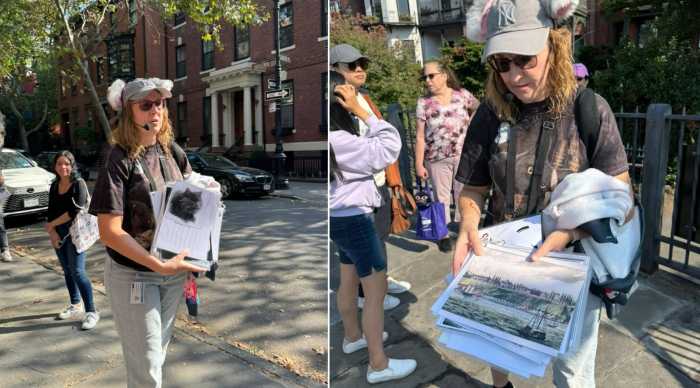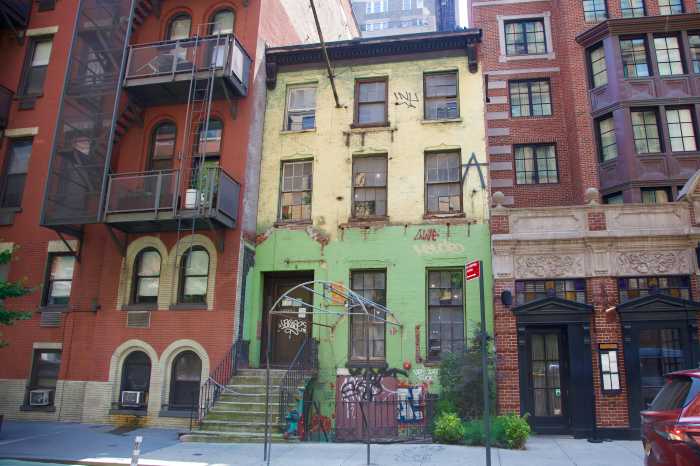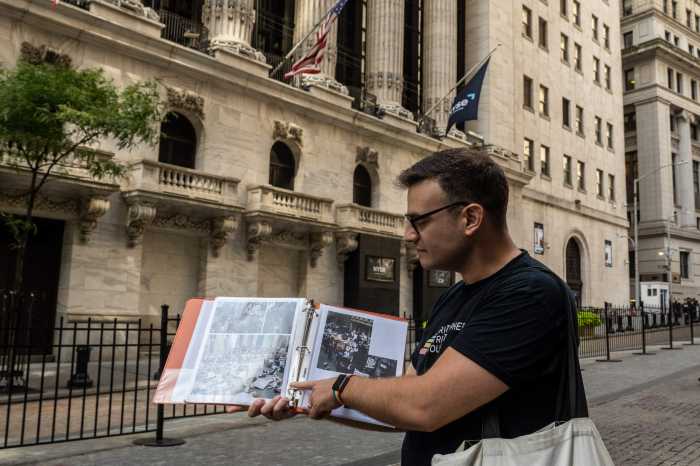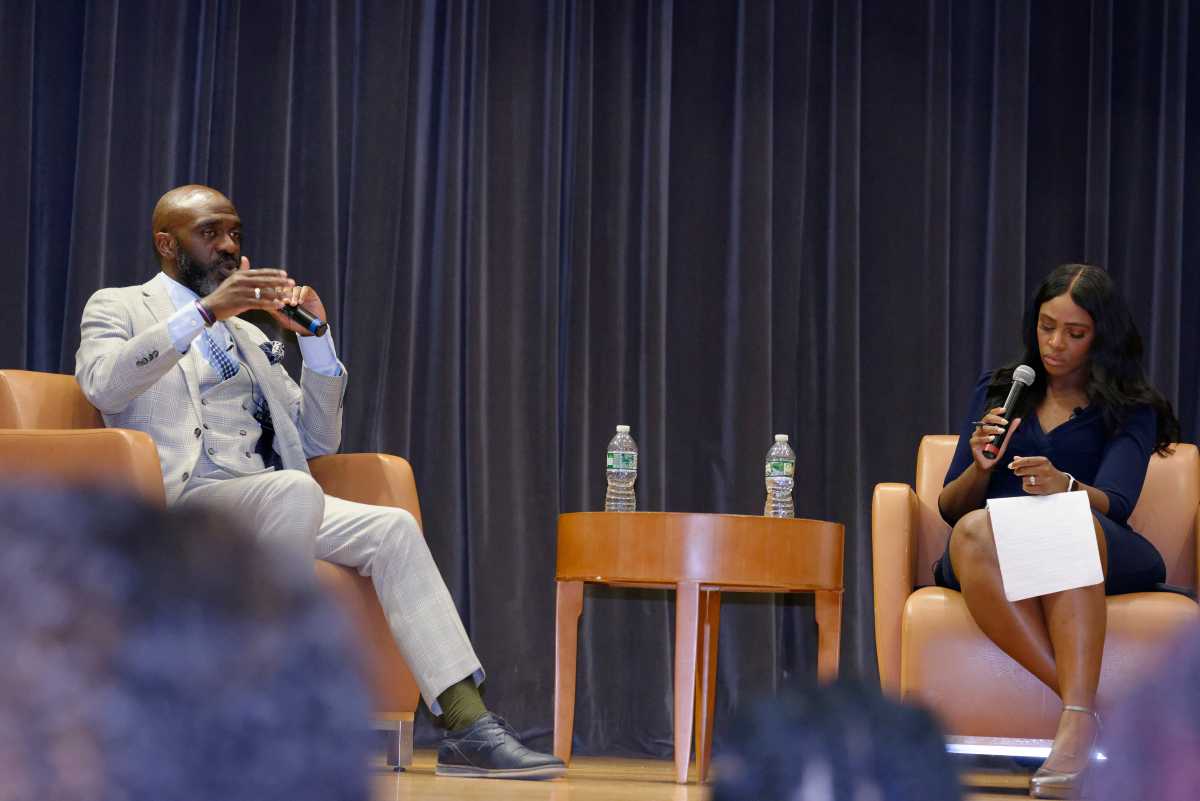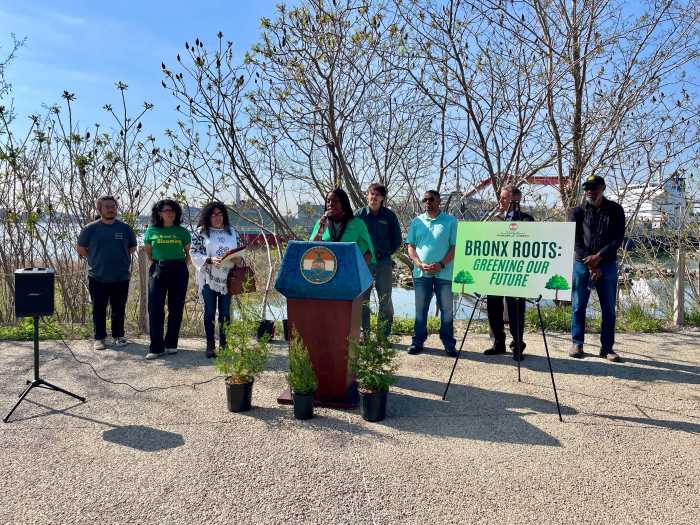With Juneteenth around the corner, New York City releases a self-guided interactive tour, “More Than a Brook: Brooklyn Abolitionist Heritage Walk.”
The audio tour celebrates and illuminates Brooklyn’s rich history and involvement in the National Abolitionist Movement and the Underground Railroad.
Users will immerse in a journey through Brooklyn’s most iconic landmarks and historic figures in the neighborhoods of Brooklyn Heights, Fulton Ferry, Downtown Brooklyn, and Fort Greene. This tour is available on any electronic device (smartphone, tablet or computer).

“This project is a culmination of many efforts to uncover and contextualize a wealth of Brooklyn 19th century abolitionist history, before and after the American Civil War,” reads the introduction page of “More Than a Brook: Brooklyn Abolitionist Heritage Walk.”
The voices behind the eight chapters and eighteen stops are musical artist, Isa Reyes and award-winning artist and historian, Kamau Ware.
An interactive map and pictures help users follow alongside the audio. While the tour can be accessed remotely, it is recommended to be followed on-site for optimal enjoyment.
“More Than A Brook is a walk through Brooklyn that connects historic locations to illustrate a portrait of 19th century communities resisting the institution of slavery. The concentration of characters that walked the docks onto city streets is significant to the history of New York State and the United States,” said in a press release Ware.
The tour allows users to learn the history of churches, streets, residences, and historical figures as they walk.
“Our public spaces are where New Yorkers connect-not just with their neighbors and with the great outdoors, but also with our history,” said in a press release Sue Donohue, New York City Department of Parks and Recreation commissioner.
Just in time for the commemoration of Juneteenth, the tour is available to all.
“Juneteenth provides us the opportunity to reflect on the wrongs of the past while honoring the resiliency of those that came before us and sacrifices so much,” said in a press release Sideya Sherman, New York City Chief Equity Officer and New York City Mayor’s Office of Equity and Racial Justice commissioner.
The project was commissioned by the Landmark Preservation Commission and made possible through a grant from the New York State Office of Parks, Recreation, and Historic Preservation with additional funding from the National Park Service, U.S. Department of the Interior. Creation credits go to Kamau Studios and Black Gotham Experience.
“Oral history is the perfect tradition and vehicle to reckon with the past and honor the ongoing fight for a more equitable future based on racial and social justice,” said in a press release Antonio Reynoso, Brooklyn borough president.
